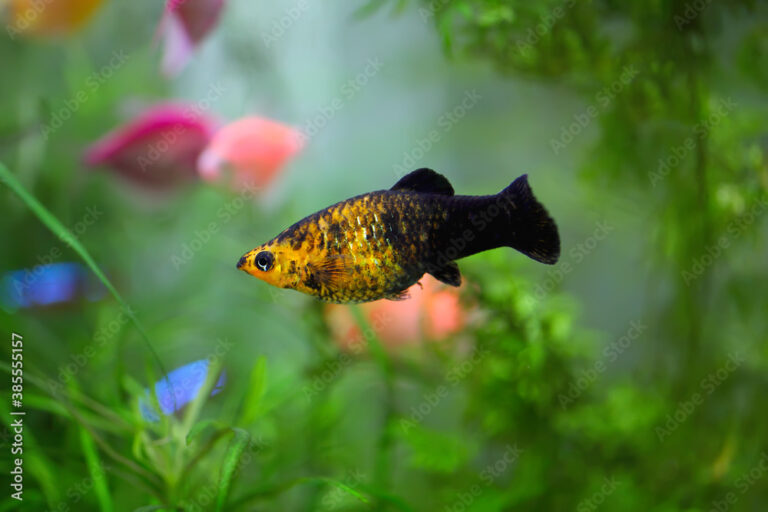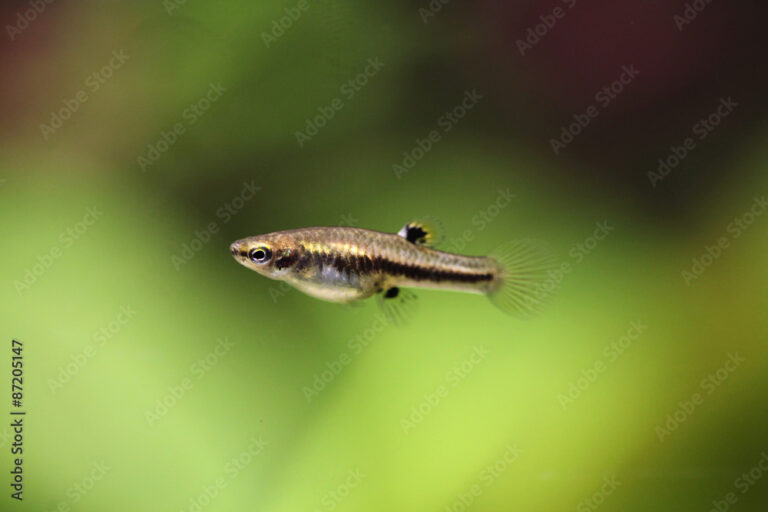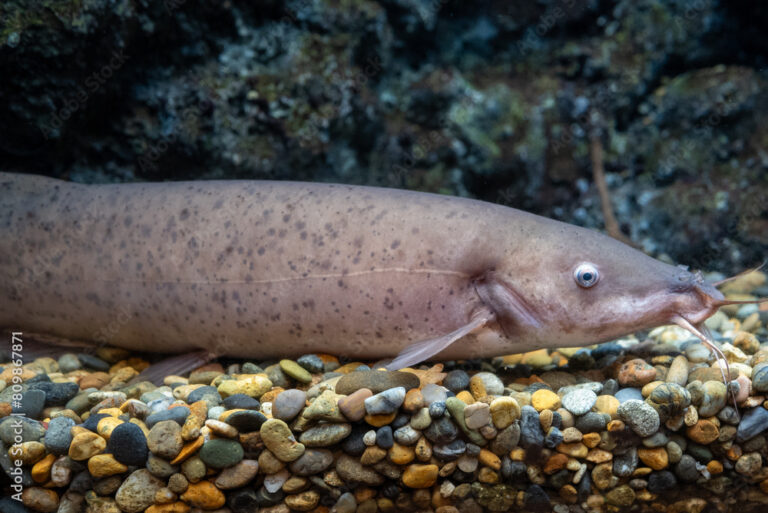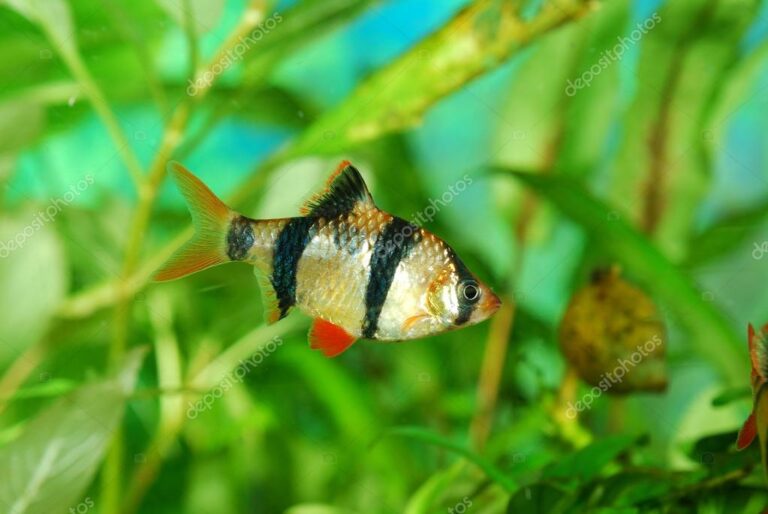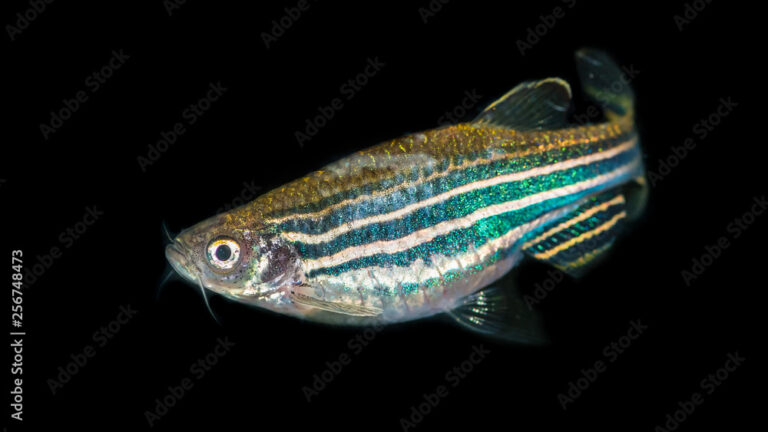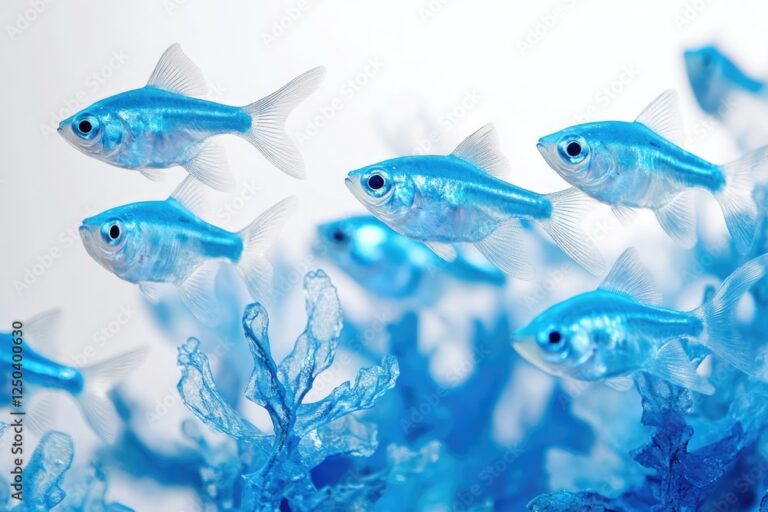The Ultimate Guide to Freshwater Catfish for Aquarium Hobbyists

Freshwater catfish are a fascinating addition to any home aquarium. Their unique appearance, scavenging habits, and wide variety of sizes and temperaments make them a favorite among aquarium enthusiasts. Whether you’re a beginner looking to diversify your tank or an experienced aquarist searching for your next standout species, freshwater catfish have something to offer.
This guide will introduce you to the world of freshwater catfish, spotlight species that thrive in home aquariums, discuss tank setup and care, and provide tips for keeping these fish healthy and happy. Let’s get started!

Why Freshwater Catfish Are a Great Choice for Aquariums
Freshwater catfish are not only beautiful; they’re functional too. They act as scavengers, helping to keep the tank clean by feeding on leftover food and algae. With their diverse appearances, ranging from sleek and exotic to armored and rugged, they bring visual variety to your aquarium.
“Catfish add a unique dimension to any aquarium, offering both beauty and beneficial scavenging,” says Dr. Emily Carter, a marine biologist. Their wide range of species means there’s likely a catfish to suit whatever setup you currently have—or dream of having.
Popular Freshwater Catfish Species for Home Aquariums
Here’s a quick overview of some popular freshwater catfish species and why they’re a hit among hobbyists:
1. Corydoras Catfish
Often referred to simply as “Corys,” these small, schooling catfish are perfect for community tanks. They are peaceful and hardy, thriving in a variety of water conditions. Plus, their bubbly personalities and habit of darting around the bottom of the tank bring joy to any aquarist.
2. Otocinclus Catfish
Known for their algae-eating abilities, “Oto Cats” are a great choice for tanks prone to algae buildup. They are small, gentle, and highly efficient cleaners. However, they do best in stable, well-maintained tanks.
3. Bristlenose Pleco
Bristlenose Plecos are smaller and less aggressive than their larger relatives, the common Pleco. Their unusual bristly appearance and ability to keep algae at bay make them a practical and intriguing addition to your tank.
4. Pictus Catfish
A striking choice, the Pictus Catfish is known for its shimmering body and long whiskers (barbels). They are active swimmers and need plenty of room to move, making them ideal for larger aquariums.
5. Glass Catfish
Beloved for their transparent bodies, Glass Catfish provide a unique aesthetic to any tank. Unlike most catfish, they are mid-level swimmers and prefer being in schools, which adds movement and intrigue to your setup.
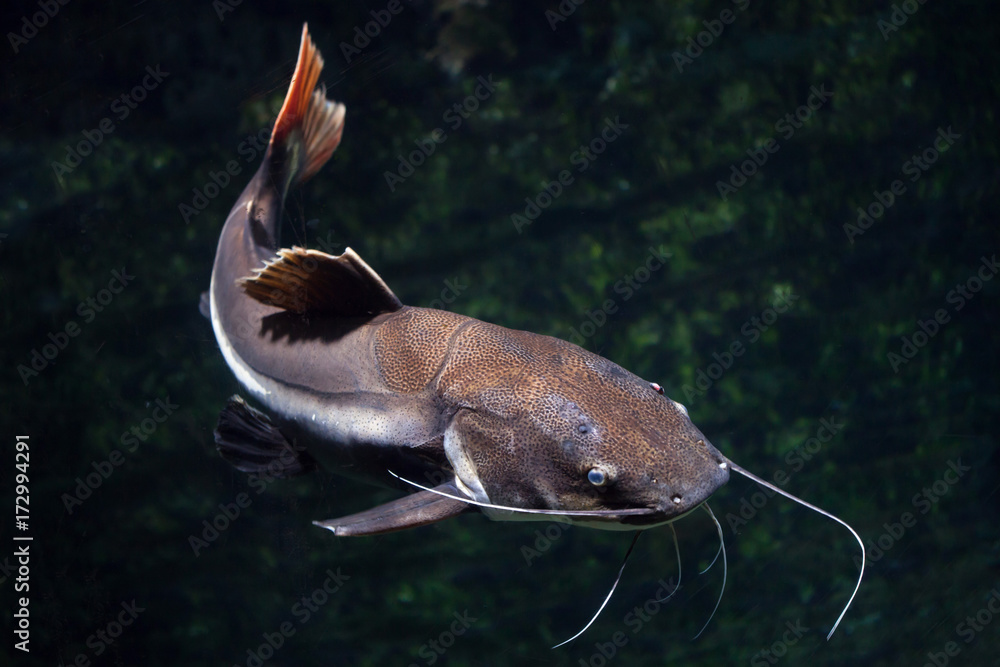
Setting Up the Ideal Tank for Freshwater Catfish
“Proper tank setup is crucial; ensure your catfish have plenty of hiding spots to reduce stress,” advises John Doe, an experienced aquarist. Here’s how to create the perfect environment for your catfish:
1. Tank Size
The ideal tank size depends on the catfish species. Smaller species like Corydoras can thrive in tanks as small as 20 gallons, while larger species like Pictus Catfish need tanks of at least 50 gallons.
2. Water Parameters
- Temperature: Keep the water temperature between 74°F and 82°F for most freshwater catfish.
- pH Levels: They generally prefer slightly acidic to neutral water, with pH levels between 6.5 and 7.5.
- Water Hardness: Soft to moderately hard water is ideal.
3. Tank Decor
Use smooth gravel or sand as substrate to avoid damaging their delicate barbels. Add ample hiding spots with driftwood, caves, and plants to mimic their natural habitats and reduce stress.

Feeding Habits and Dietary Needs
Catfish are bottom-feeders, but they still require a balanced diet to thrive. “Many hobbyists assume catfish can survive on algae alone, but that simply isn’t true,” Jane Smith, an aquarium store owner, warns. Here’s how to meet their nutritional needs:
- Primary Diet: Feed sinking catfish pellets, which are specially designed to sink to the tank floor where catfish feed.
- Natural Treats: Supplement their diet with frozen or live foods such as bloodworms or brine shrimp.
- Vegetation: Some species, like Bristlenose Plecos, enjoy blanched vegetables like zucchini or lettuce.
Feed them once or twice daily, ensuring you don’t overfeed, as uneaten food can disrupt water quality.
Common Health Issues and Prevention
Though freshwater catfish are hardy, they can be prone to certain issues if their environment isn’t well-maintained:
- Barbel Erosion: Poor substrate, dirty water, or high nitrate levels can damage their barbels. Use smooth substrate and maintain pristine water conditions to prevent this.
- Ich (White Spot Disease): A common parasite, treat Ich immediately with over-the-counter medicines and by increasing the water temperature slightly during treatment.
- Stress: Ensure they have adequate hiding spots to prevent stress-induced illnesses.
Regular water changes, a balanced diet, and close observation are crucial to keeping your catfish thriving.
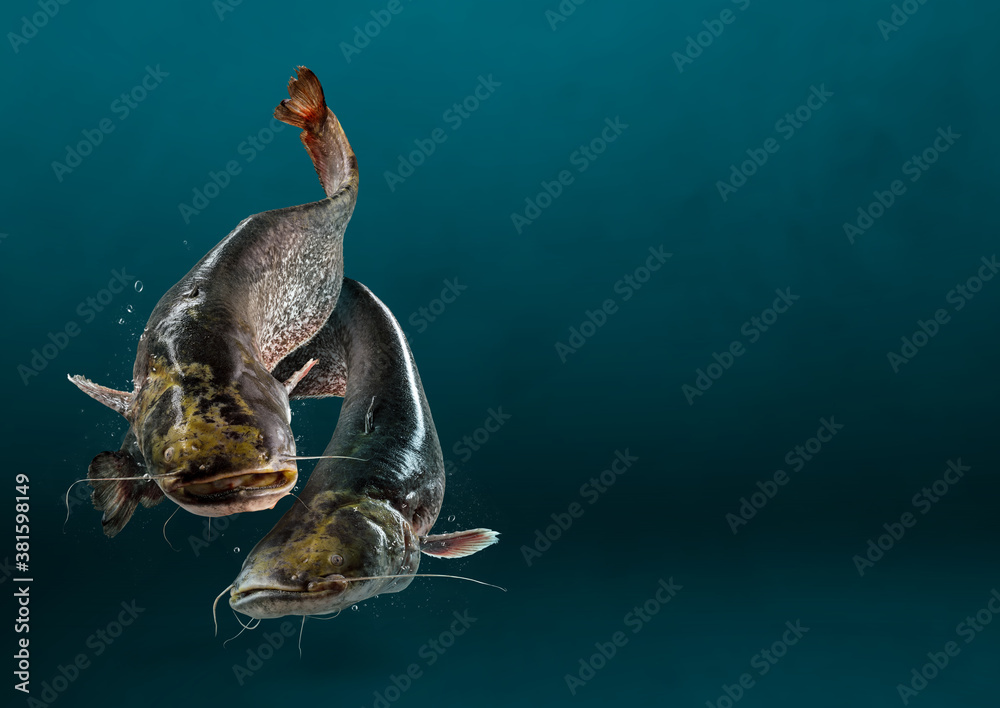
Compatibility with Other Aquarium Species
“Always research compatibility; some catfish can be territorial or prey on smaller fish,” says Jane Smith. While many catfish species are peaceful and ideal for community tanks, here are a few things to keep in mind:
- Best Tank Mates
Small, non-aggressive fish like tetras, guppies, and rasboras typically get along well with catfish species like Corydoras and Otocinclus.
- Avoid Aggressive Species
Keep catfish away from territorial or aggressive species like cichlids, as they may attack or outcompete your catfish for food.
- Size Matters
Avoid keeping very small fish with larger catfish species, as they might end up becoming a snack.
Breeding Freshwater Catfish
Breeding catfish can be a rewarding endeavor for experienced hobbyists. While not all species breed easily, Corydoras and Bristlenose Plecos are among the more attainable options.
Tips for breeding:
- Use a separate breeding tank with optimal water parameters.
- Mimic breeding triggers like temperature changes and increased feeding.
- Watch for eggs on surfaces like tank walls or decor.
Provide plenty of cover for fry, as adult fish may eat them.
Where to Learn More About Freshwater Catfish
Freshwater catfish can be delightful additions to any aquarium, from their unique behaviors to their practical roles as tank cleaners. By understanding their needs and creating the right environment, you’re setting the stage for vibrant, happy catfish that will thrive in your care.
Feel like an expert already? Or have questions? Explore your local pet store, join online forums, or attend aquarium meet-ups to continue learning.
Happy fishkeeping!


